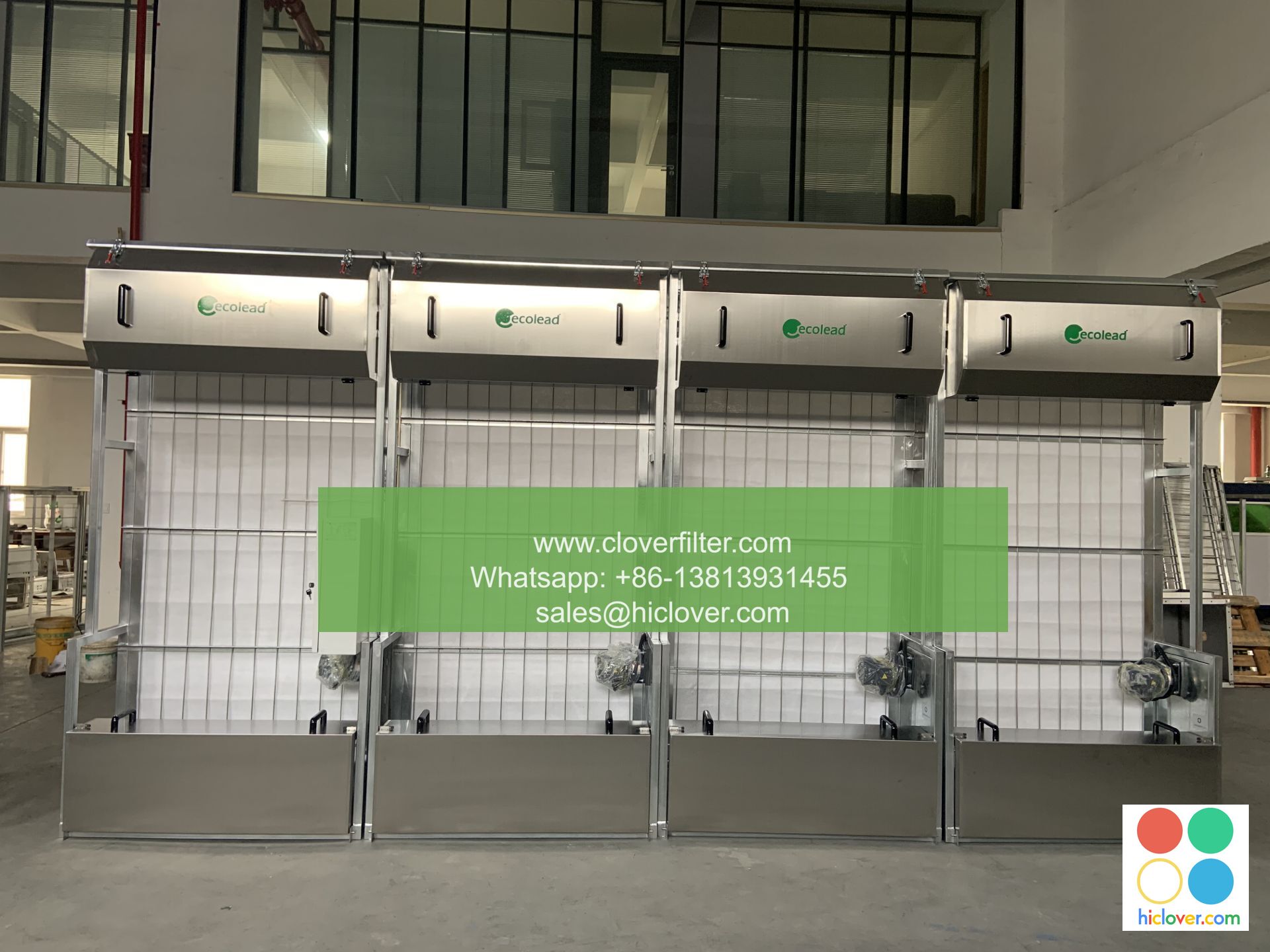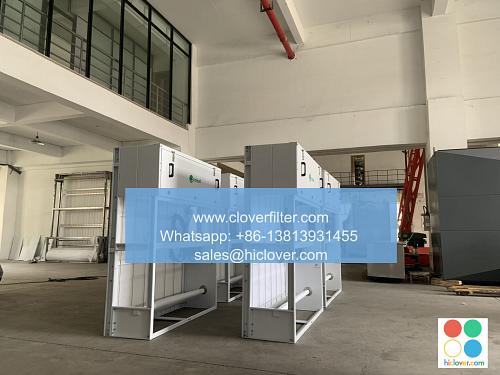Air Filter vs. Air Purifier: What’s the Difference?

When it comes to indoor air quality and air cleaning systems, two terms are often used interchangeably: air filter and air purifier. However, these two devices serve different purposes and have distinct differences in their functionality, application, and benefits. In this article, we will delve into the world of air filtration and air purification, exploring the unique characteristics of each and highlighting their various application areas.
What is an Air Filter?
An air filter is a device designed to remove particulate matter (PM) and other airborne contaminants from the air. Air filters are typically used in heating, ventilation, and air conditioning (HVAC) systems to improve indoor air quality and protect the system’s components from damage. They work by capturing dust, pollen, pet dander, and other airborne particles as the air passes through the filter. Air filters are usually made of fiberglass, pleated paper, or electrostatic charges and are designed to be replaced or cleaned regularly.
What is an Air Purifier?
An air purifier, on the other hand, is a device that removes a broader range of air pollutants, including gases, odors, and microorganisms. Air purifiers use various technologies, such as HEPA filtration, activated carbon, ultraviolet (UV) light, and ionization, to capture and eliminate airborne contaminants. Air purifiers are designed to improve indoor air quality and provide relief from allergies, asthma, and other respiratory issues. They are often used in homes, offices, and healthcare facilities to create a healthier and more comfortable environment.
Key Differences between Air Filters and Air Purifiers
The main differences between air filters and air purifiers lie in their:
* Filtering capabilities: Air filters are designed to capture larger particles, while air purifiers can remove smaller particles, gases, and microorganisms.
* Technology: Air filters typically use mechanical filtration, while air purifiers employ a range of technologies, including HEPA filtration, activated carbon, and UV light.
* Application areas: Air filters are commonly used in HVAC systems, while air purifiers are used in various settings, including homes, offices, and healthcare facilities.
* Maintenance: Air filters require regular replacement or cleaning, while air purifiers often have washable filters or low-maintenance designs.
Application Areas for Air Filters and Air Purifiers
Both air filters and air purifiers have various application areas, including:
* Residential use: Improving indoor air quality and relieving allergies and asthma.
* Commercial use: Enhancing indoor air quality and productivity in offices, restaurants, and other businesses.
* Healthcare facilities: Reducing the spread of infections and improving patient care.
* Industrial settings: Removing hazardous particles and gases from the air.
Conclusion
In conclusion, while both air filters and air purifiers are designed to improve indoor air quality, they serve distinct purposes and have different functionalities. Understanding the unique characteristics and application areas of each can help individuals and organizations choose the best solution for their specific needs. Whether you’re looking to improve the air quality in your home, office, or industrial setting, it’s essential to consider the differences between air filters and air purifiers and select the most suitable device for your needs. By doing so, you can create a healthier, more comfortable environment and enjoy the benefits of cleaner air. It looks like you didn’t include a prompt. Please go ahead and provide one, and I’ll do my best to assist you!

